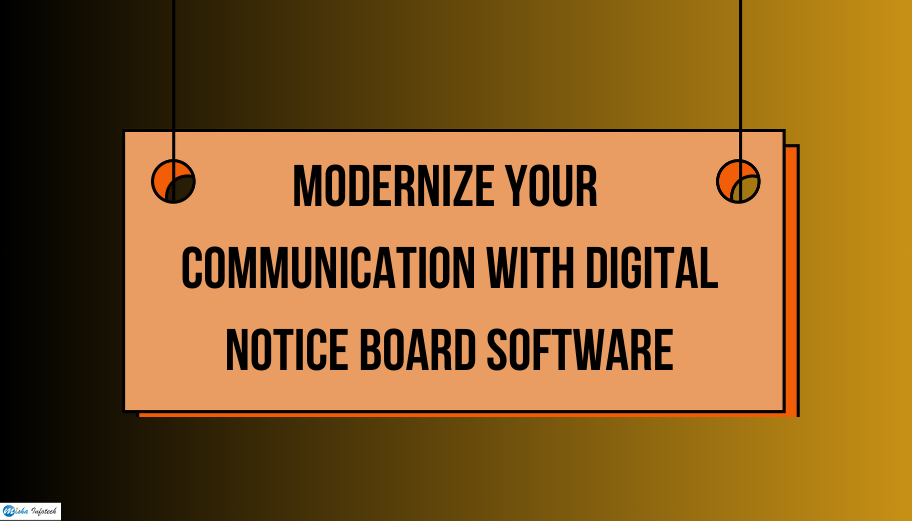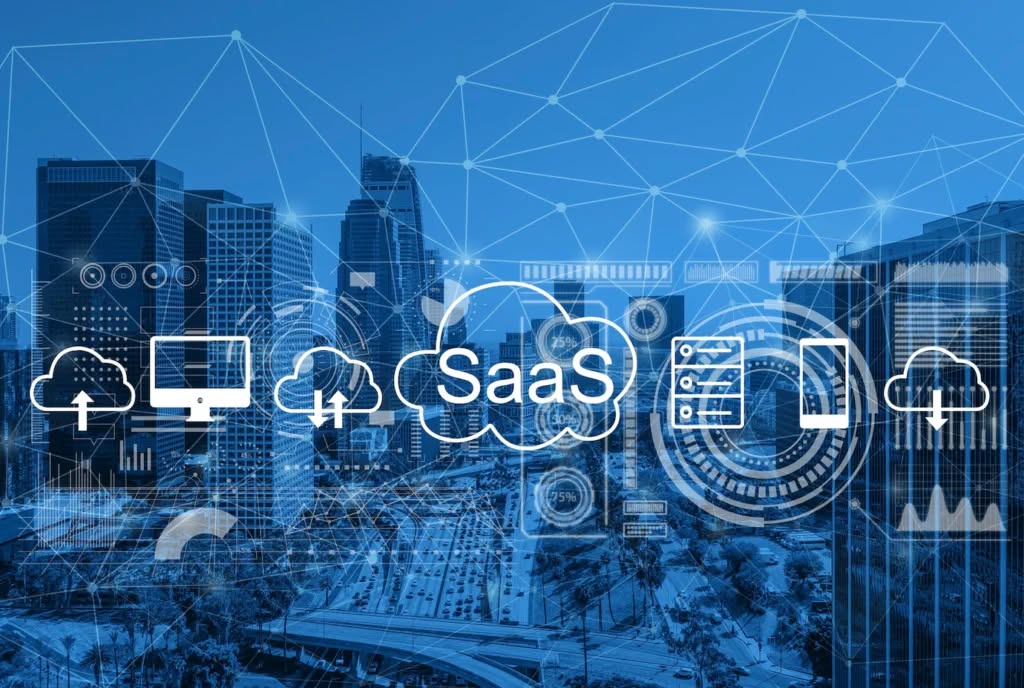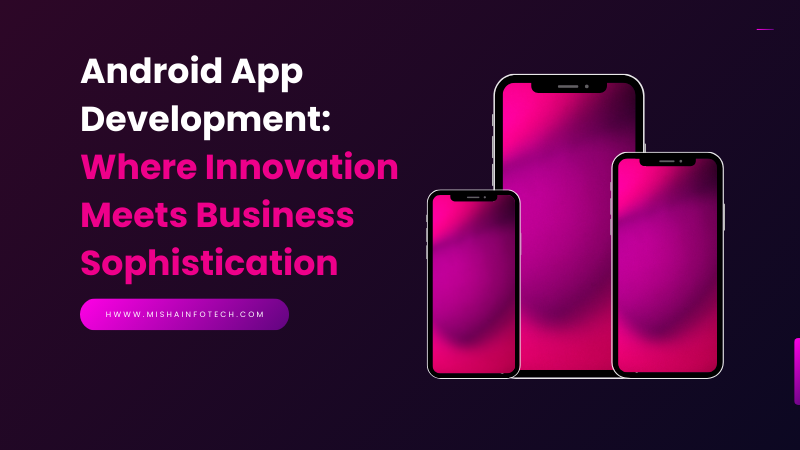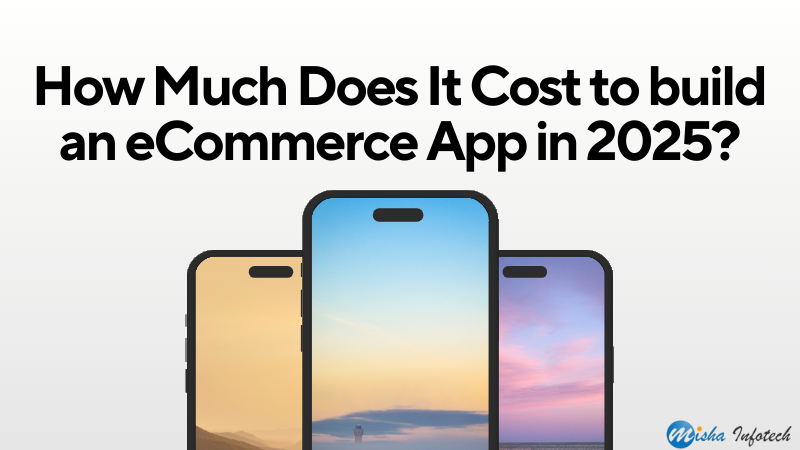In today’s fast-paced digital landscape, effective communication is paramount for staying ahead. The evolution of traditional notice boards into dynamic digital platforms has ushered in a new era of efficiency and engagement. Step into the realm of innovation with Digital Notice Board Software—a transformative solution revolutionizing the way information is shared and absorbed.
Unlocking the Power of Digital Notice Board Software
Bid farewell to static notices and manual updates. Digital Notice Board Software, exemplified by IDisplay, transcends the limitations of traditional communication methods. Seamlessly blending technology and convenience, this software opens avenues for dynamic, real-time communication across various settings.
Innovative Features of Digital Notice Board Software
Real-Time Updates: Enjoy instant updates and information dissemination, conveying important messages, announcements, or changes in real time, ensuring everyone is on the same page.
Dynamic Content Display: Move beyond static content; digital notice boards offer dynamic display options, showcasing text, images, videos, and interactive elements for more engaging communication.
Centralized Control: Administrators gain centralized control over displayed content, allowing easy management, customization, and relevance, with the added benefit of remote management for multi-location businesses.
Cost-Efficient: Say goodbye to printing costs and manual updates—digital signage reduces expenses associated with traditional signage while supporting eco-friendly practices.
Enhanced Interactivity: Some solutions offer interactive features, encouraging user engagement with touch-screen capabilities or feedback options.
Accessibility: Provide information in various formats, enhancing accessibility for individuals with different learning styles or impairments.
Global Reach: Facilitate communication across multiple locations or a distributed workforce, fostering unity and coherence in organizations with global reach.
Integration with Other Systems: Seamless integration with calendars, databases, or communication platforms ensures coordinated information across various channels, adding dynamic and contextual information.
Brand Consistency: Maintain brand consistency with customizable templates and branded visuals, aligning communication with organizational identity.
Measurable Impact: Track and measure the impact of communication efforts with analytics tools, refining strategies based on viewer engagement insights.
Emergency Notifications: Quickly disseminate emergency notifications or safety information to a large audience in urgent situations.
Idisplay Digital Notice Board Across Diverse Industries
Idisplay – Digital signage has found applications across various industries, enhancing communication, engagement, and information dissemination. Here are some industries where digital signage proves to be particularly beneficial:
Retail: Digital signage is widely used in retail environments for advertising, promotions, and improving the overall shopping experience. Retailers leverage digital displays for product showcases and promotions, and to create an immersive in-store environment.
Healthcare: In healthcare settings, digital signage is employed for patient education, wayfinding, appointment reminders, and general information dissemination. Waiting areas, lobbies, and clinics use digital displays to communicate important updates and health-related content.
Education: Educational institutions utilize digital signage for campus communication, event promotions, wayfinding, and displaying dynamic content. Digital screens in classrooms and common areas enhance engagement and provide a modern platform for information sharing.
Corporate Offices: Companies use digital signage in office spaces for internal communication, employee engagement, and to showcase corporate announcements. Conference rooms often feature digital displays for presentations and collaborative work.
Transportation: Airports, train stations, and bus terminals leverage digital signage for real-time information on arrivals, departures, and travel-related updates. In-vehicle displays in public transportation also contribute to passenger communication.
Hospitality: Hotels, restaurants, and entertainment venues incorporate digital signage for guest communication, menu displays, event promotions, and wayfinding. Dynamic displays enhance the overall guest experience.
Banking and Finance: Financial institutions utilize digital signage for queue management, advertising financial products, and providing real-time financial information. Digital displays contribute to a modern and efficient customer experience.
Quick-Service Restaurants (QSRs): Fast-food chains and restaurants use digital menu boards to easily update promotions, pricing, and menu changes. Digital displays in QSRs enhance customer engagement and streamline ordering processes.
Government: Government offices use digital signage for public announcements, civic information, and community updates. It serves as an effective tool for disseminating important information to residents.
Event Venues: Digital signage is prevalent in event venues such as stadiums, arenas, and convention centers. It displays event schedules, wayfinding, and sponsor advertisements, and enhances the overall attendee experience.
Automotive Dealerships: Car dealerships utilize digital signage for showcasing vehicle features, promotions, and pricing information. Interactive displays in showrooms contribute to a more engaging sales environment.
Fitness Centers: Gyms and fitness centers use digital displays for class schedules, workout instructions, and promoting fitness programs. Digital signage enhances member communication and engagement.
These examples showcase the versatility of digital signage, with continued advancements expected to expand its applications further. In conclusion, adopting digital notice board software represents a modern, efficient, and multifaceted approach to communication, offering flexibility, interactivity, and cost-effectiveness.














